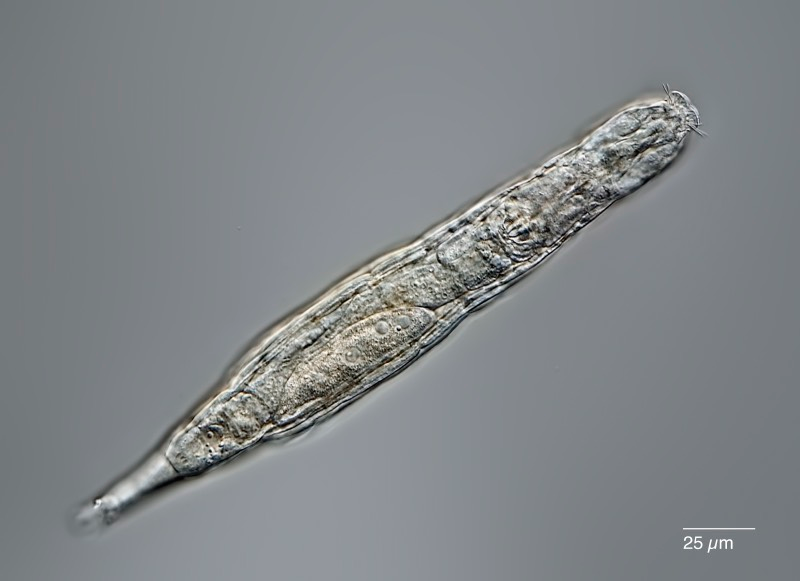24,000 years on ice weren’t enough to kill these guys

Enlarge / After thawing out, these tiny creatures started making clones of themselves. (credit: Michael Plewka)
Rotifers are microscopic freshwater-dwelling multicellular organisms. They're already known to withstand freezing (even in liquid nitrogen), boiling, desiccation, and radiation, and the group has persisted for millions of years without having sex. The humble yet remarkably hardy bdelloid rotifer has now surprised researchers yet again-a recent study unearthed 24,000-year-old Siberian permafrost and found living (or at least revivable) rotifers there. Surviving 24,000 years in deep-freeze is a new record for the species.
Rotifers aren't the only living organisms to emerge from permafrost or ice. The same researchers behind this latest discovery had previously found roughly 40,000-year-old viable roundworms in the region's permafrost. Ancient moss, seeds, viruses, and bacteria have all shown impressive longevity on ice, prompting legitimate concern about whether any potentially harmful pathogens may also be released as glaciers and permafrost melt.
Given that bdelloids are generally only a threat to bacteria, algae, and detritus, however, there's not much need for concern regarding this particular discovery. But as key players in the bottom of the food chain, newly re-emerged rotifers indicate that maybe we should think about how species that haven't been seen for millennia might reintegrate into modern ecosystems.
Read 10 remaining paragraphs | Comments